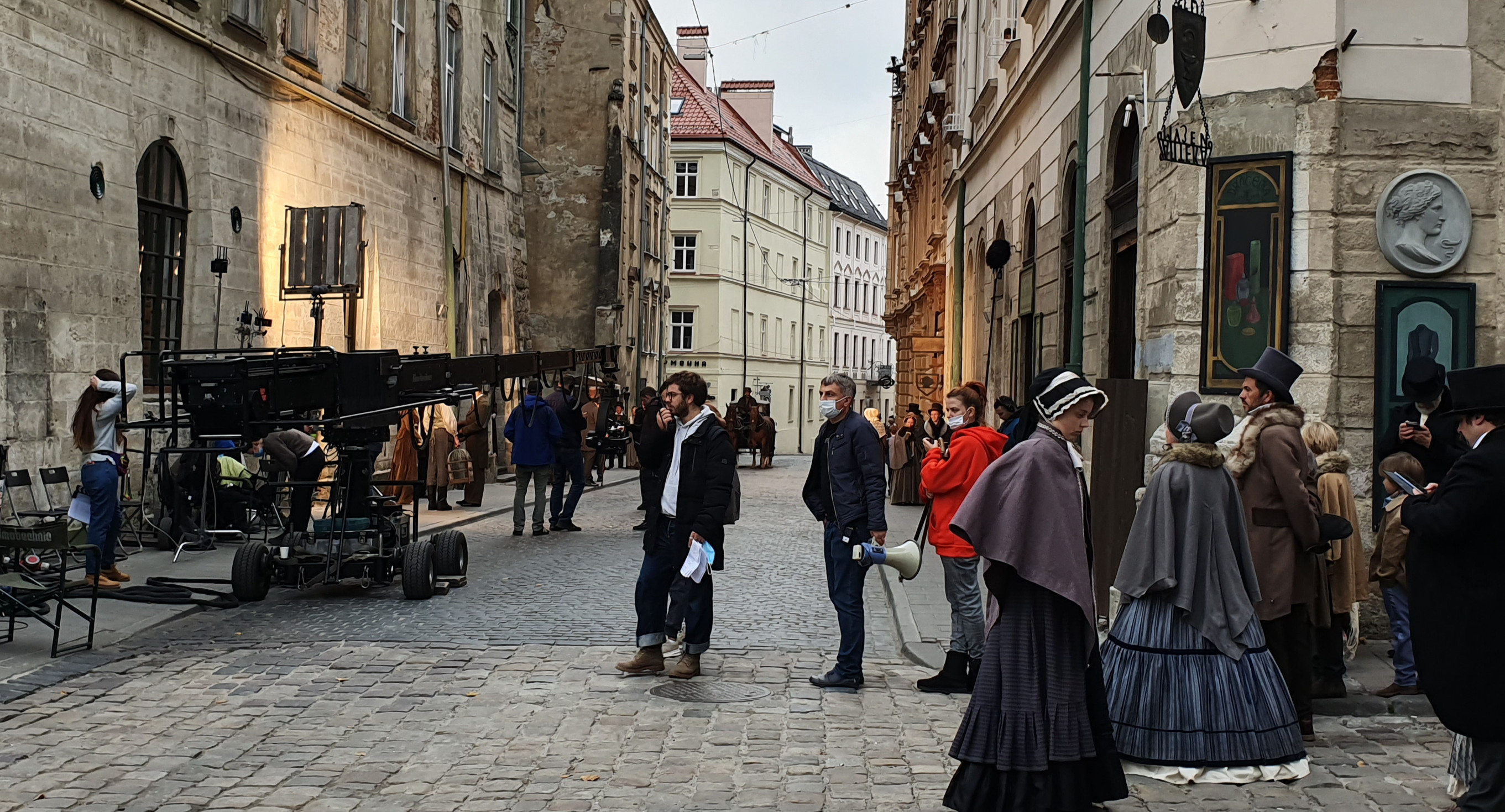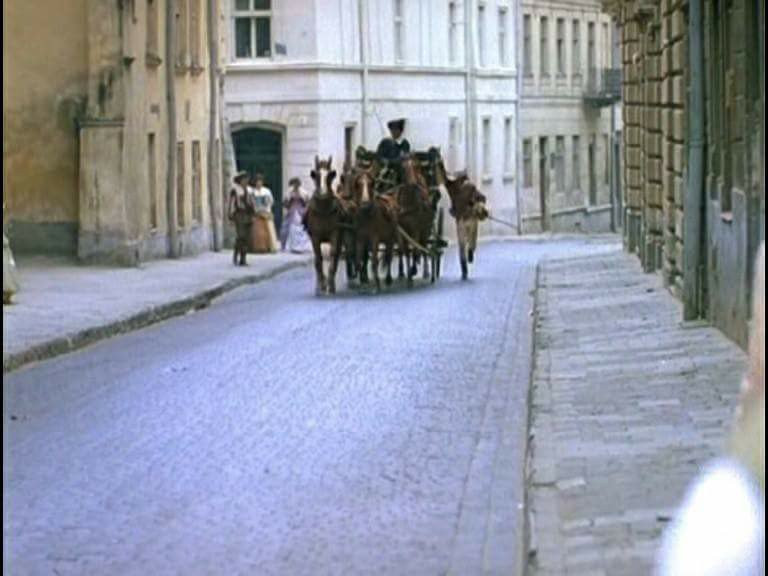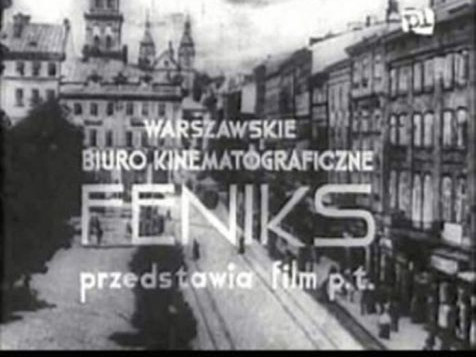Lviv is a city at the crossroads of cultures, there are traces of German, Austrian, Jewish, Polish, Russian, etc. however, it not only managed to form its identity over time but also to lose and preserve those little-known but important features of each of the cultures.
Therefore, when walking in Lviv, you can see those places that have not been erased from the memory of the city, which will remind us of the multicultural heritage inherited from the time of its foundation. It is not surprising that our city is attractive for the cinematography, so the streets and institutions of Lviv become filming venues.
We share with you Lviv's "movie library", not all, of course, but the part where you can see the transformation of the streets of Lviv, their transposition in time and the evolution of the city itself in the lens of a camera.
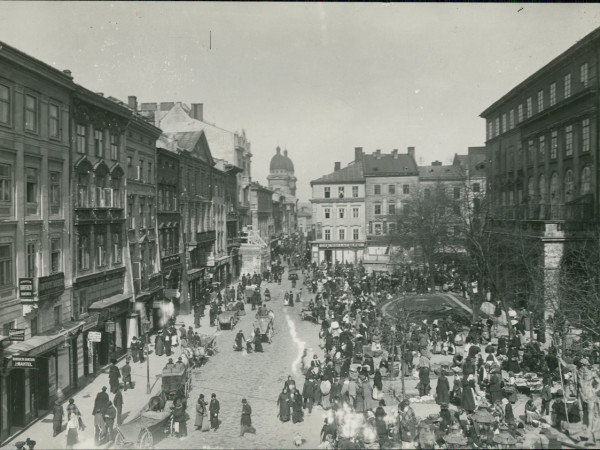
So, for the first time, cinematography chose Lviv as a shooting location back in 1897 in the movie "In Lviv Cafe" ("W kawiarni lwowskej"). The movie is important for Lviv people because it gave them the opportunity to see themselves and the streets for the first time, as in another dimension. The screenings of the film did not take place in cinemas, as there were no permanent cinemas in Lviv at that time. The film was shown at Continental Eden Theater (Kontynentalny Eden Teatr), which operated at the Summer Theater on Governors' Walls (today a park on Vynnychenko Street). However, this film is not currently available for watching.
It is impossible to ignore the domestic cinematography, in the '20-'30s of the twentieth century the documentary “Halychyna” by I. Yatsentiy and Y. Dorosh was filmed, which presented unique shots of Lviv and Lviv institutions. Today the film can be viewed in the Lviv Photomuseum.
In 1936 and in 1939, the Warsaw Phoenix Cinematoraphy Bureau in Lviv made the musical film "Will Be Better" ("Będzie lepiej") and "Tramps" ("Włóczęgi"), where for the first time funny batiars* Shchepko and Tonko appeared on the screen, cult characters of the interwar Lviv. Shchepko and Tonko were known as permanent characters in Polish radio entertainment. The songs from the films are considered to be one of the retro-Lviv brands, it is worth mentioning the song of Emanuel Schlacher "Tylko we Lwowie" ("Only in Lviv"), which was a hit of the pre-war years and remained almost the most famous song about Lviv today.
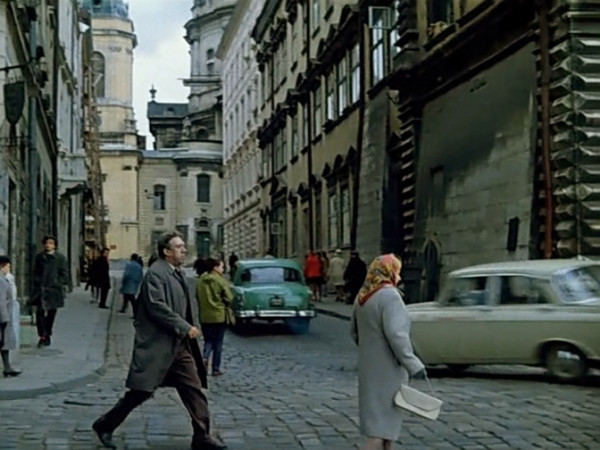
In 1971, the movie "Old men-robbers" appeared on the screen, in which you can see the old but already colored Lviv. Undoubtedly, the Lviv citizens will see with their keen eye the spatial deception in the routes of the heroes of the film, because you cannot go down Lysenko Street to Rynok Square or another fact that they should use a tram to get from Town Hall to M. Zankovetska Theater.
By the way, the Town Hall in the movie is reincarnated into a gallery from which old robbers intend to steal something valuable. Nevertheless, Lviv in the film does not lose its identity, recognition, and attractiveness to the viewer.

The well-known musical by Georgi Yungvald-Khilkevich, based on Alexandre Dumas's novel D'Artagnan and the Three Musketeers (1978), was also partially filmed in Lviv and in the castles of the Golden Horseshoe of Lviv region**. Where Lviv played the role of Medieval Paris, which he did well, of course. In Lviv, the film was shot on the territory of the Armenian Church, the Dominican and Bernardine Churches, the Scholar House, which in the film was transformed into the magnificent chambers of Cardinal De Richelieu, the residence of Captain de Tréville., well known to all Lviv residents – the Potosky Palace, St. George`s Cathedral, Snizhna Street, and other central streets of the city.
Lviv, after the collapse of the USSR and with the independence of Ukraine, remains an attractive place for film directors both domestic ("Lombard", "Credens", "Ivan Syla", "Dovbush", "Noble Tramps") and foreign ("Eve", "In the Dark" ("W ciemności"), "Plan A"). Interestingly, our special autumn in Lviv was selected by the Indian cinematography to shoot several traditional song scenes of the film "Winner" (2017), which became the first Indian film to be shot in Lviv.
This is how cinematography saw Lviv and you can see it today. If you want to learn about the city from the inside, you will be interested in a selection of books that allow you to immerse yourself in the atmosphere and spirit of Lviv.
